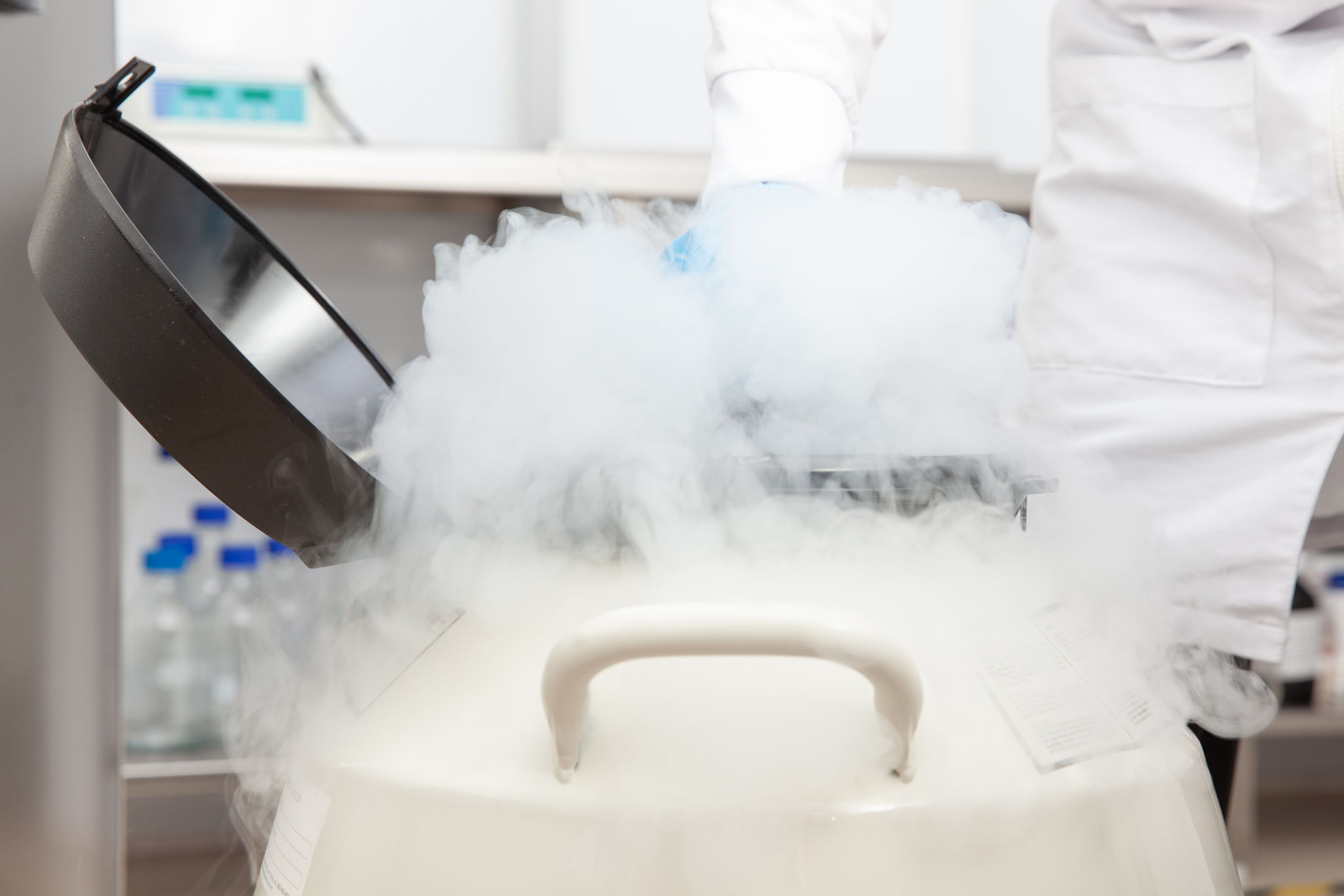The Benefits and Uses of Liquid Nitrogen Across Industries
Understanding Liquid Nitrogen
Liquid nitrogen, a colorless and odorless cryogenic liquid, is nitrogen in a liquid state at an extremely low temperature. Its unique properties make it an invaluable resource across various industries. With a boiling point of -196°C (-321°F), liquid nitrogen is primarily used for its cooling and freezing capabilities.
As a non-toxic, inert liquid, it offers a safe option for applications where contamination must be avoided. Industries ranging from medical to food processing capitalize on the unique properties of liquid nitrogen, leveraging its potential for innovation and efficiency.

Applications in the Medical Field
Preservation and Cryotherapy
Liquid nitrogen plays a crucial role in the medical field, particularly in the preservation of biological materials. It is used to store cells, tissues, and even entire organs at low temperatures, ensuring they remain viable for transplantation or research purposes. This process, known as cryopreservation, is vital for advancing medical science.
Another significant application in medicine is cryotherapy, where liquid nitrogen is used to remove skin abnormalities like warts and moles. By applying extreme cold to targeted areas, it effectively destroys unwanted tissue without damaging surrounding healthy cells.

Enhancing Food Processing
Freezing and Packaging
The food industry benefits immensely from the use of liquid nitrogen. It enables rapid freezing of food products, locking in freshness and nutrients while maintaining texture and taste. This method is particularly valuable for preserving seafood, meats, and prepared meals.
Moreover, liquid nitrogen is utilized in packaging processes to create an inert atmosphere that prolongs shelf life. By displacing oxygen in packaging, it prevents oxidation and spoilage, ensuring products remain fresh for consumers.

Revolutionizing Manufacturing
Machining and Material Testing
In the manufacturing sector, liquid nitrogen is employed in machining processes to enhance precision and extend tool life. The extreme cold reduces friction and wear on tools, allowing for cleaner cuts and improved product quality.
Furthermore, liquid nitrogen is used in material testing to evaluate the durability and resilience of materials under extreme conditions. This application is essential for industries such as aerospace and automotive, where safety and performance are paramount.

Aiding Scientific Research
Superconductivity and Quantum Experiments
Scientific research often relies on liquid nitrogen for its ability to reach extremely low temperatures. It is crucial in experiments involving superconductivity, where it helps researchers study materials that exhibit zero electrical resistance.
Additionally, liquid nitrogen is used in quantum experiments to investigate the properties of quantum systems. These studies have the potential to revolutionize technology by advancing quantum computing and other cutting-edge innovations.

Environmental Applications
Liquid nitrogen also plays a role in environmental applications. It can be used to safely neutralize spills of hazardous materials by freezing them, preventing further contamination and facilitating cleanup efforts. This demonstrates its versatility beyond traditional industrial settings.
In conclusion, the benefits and uses of liquid nitrogen are vast and varied. Its ability to preserve, protect, and enhance across multiple industries highlights its importance as a tool for innovation and sustainability. As technology continues to evolve, we can expect even more groundbreaking applications of this remarkable substance.
